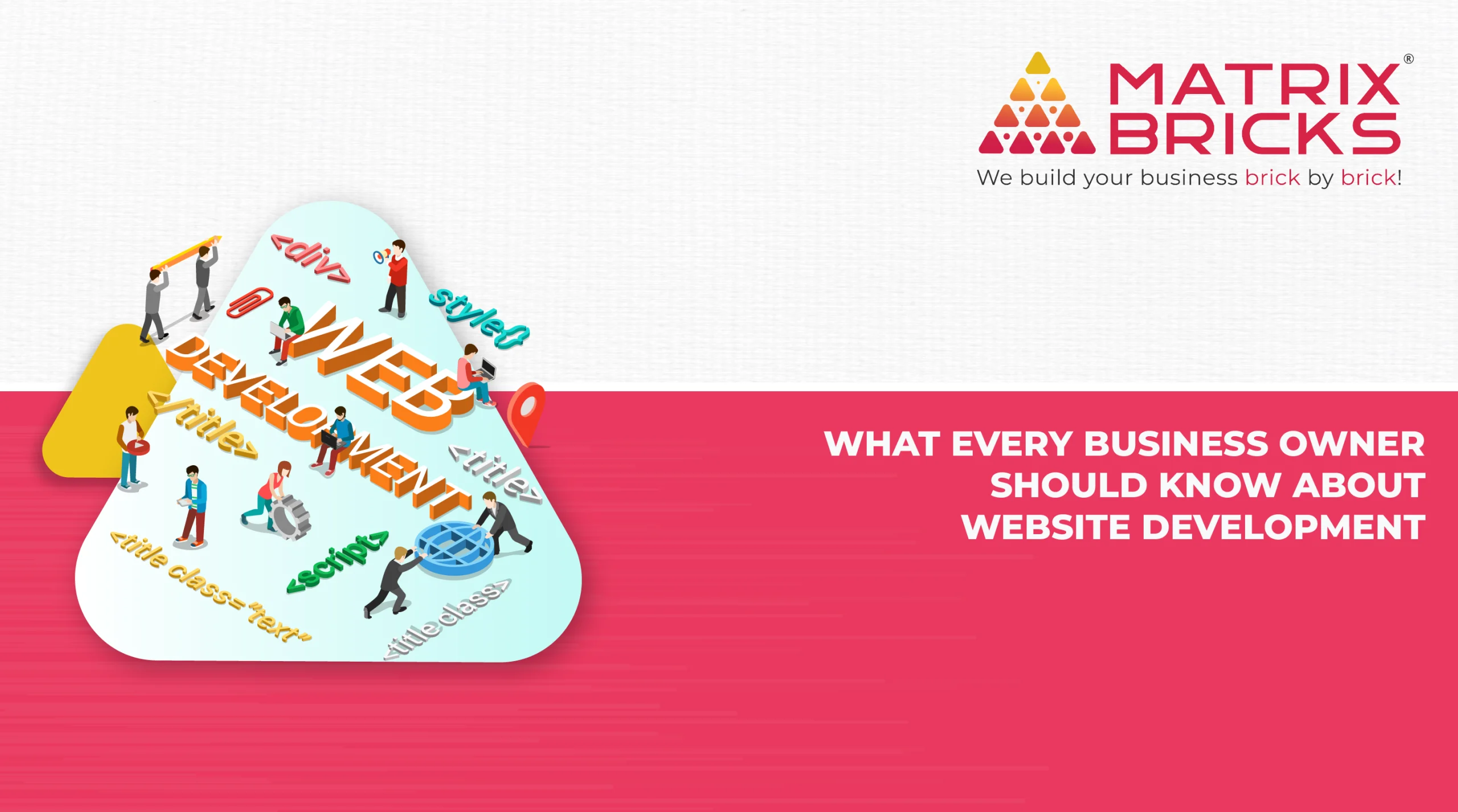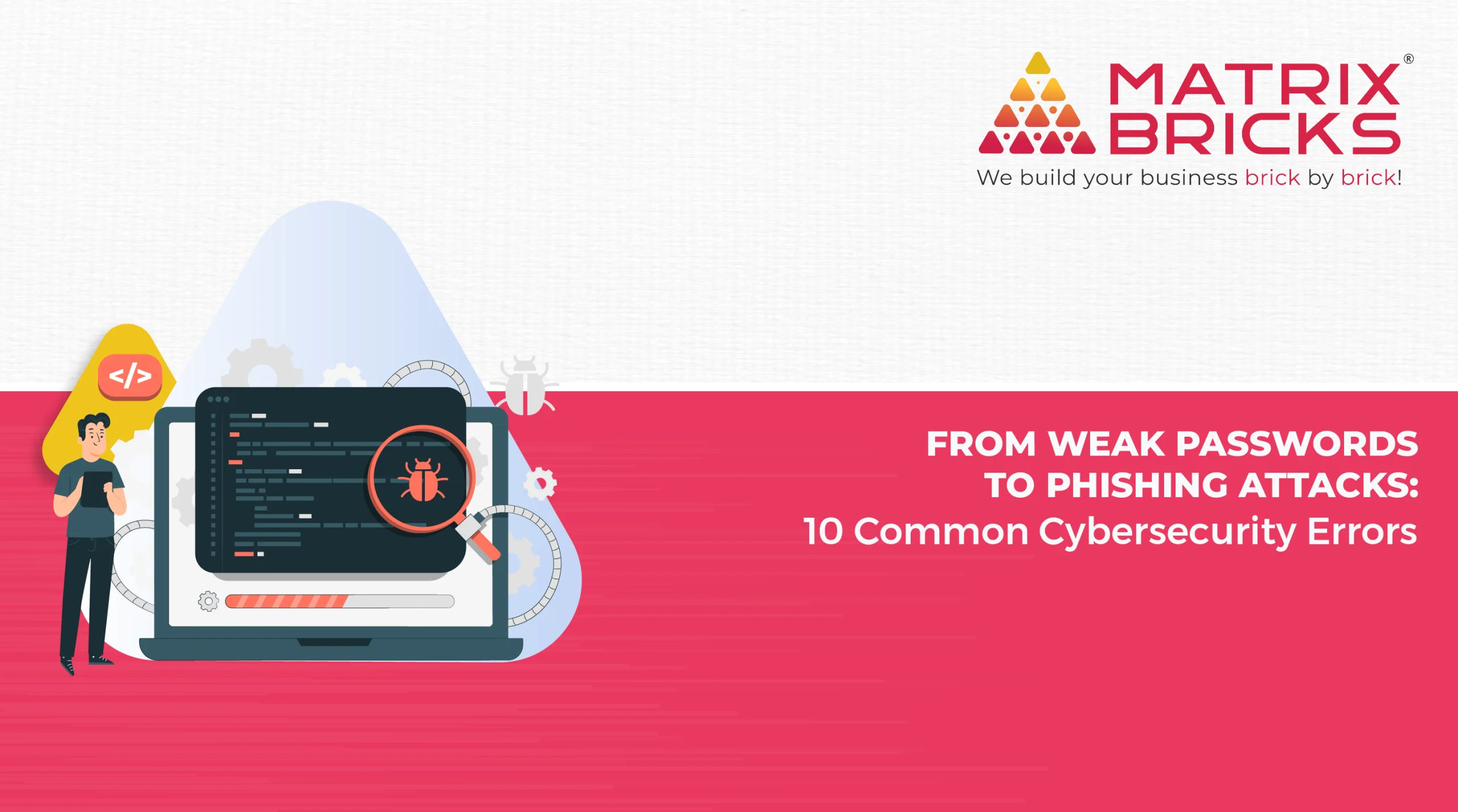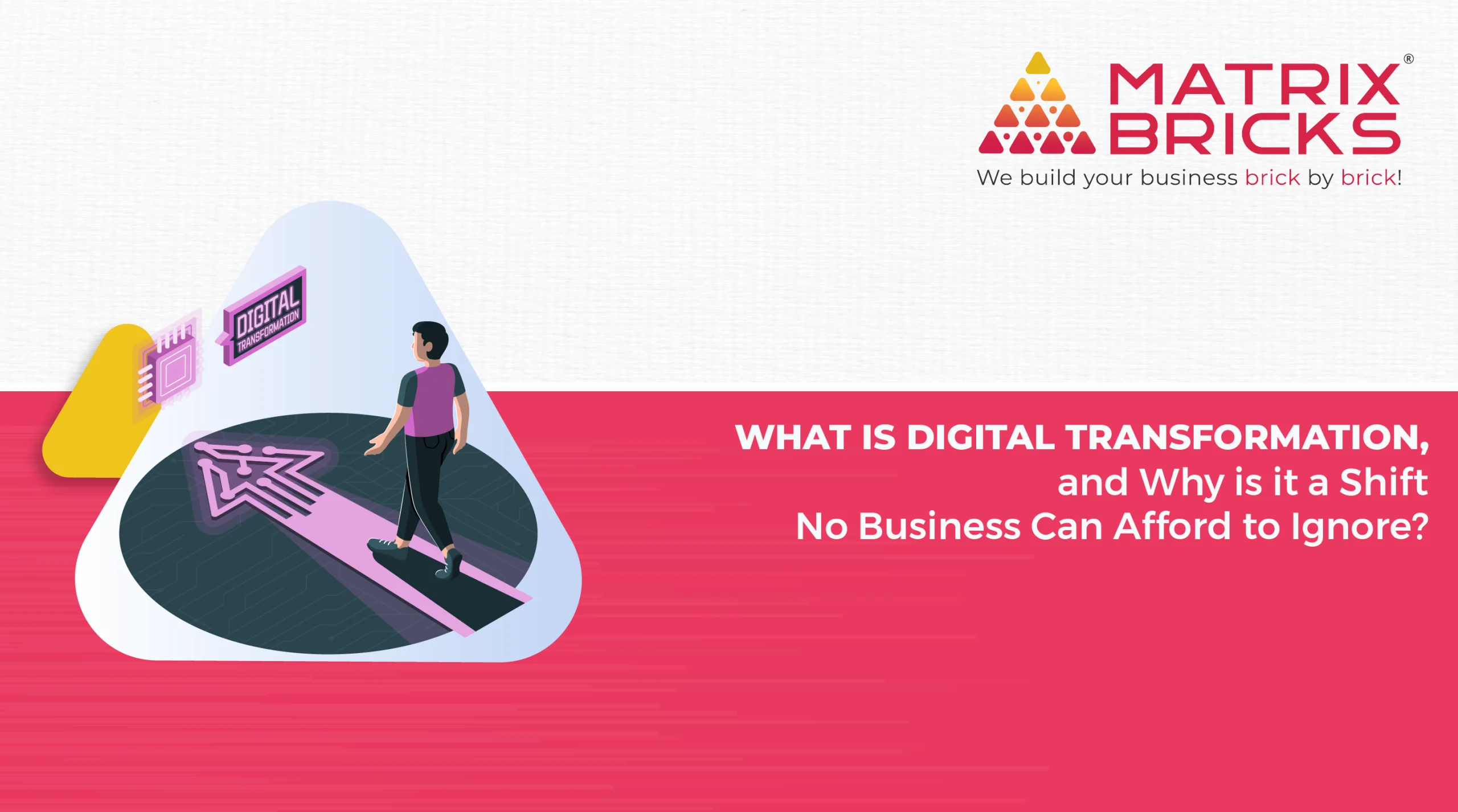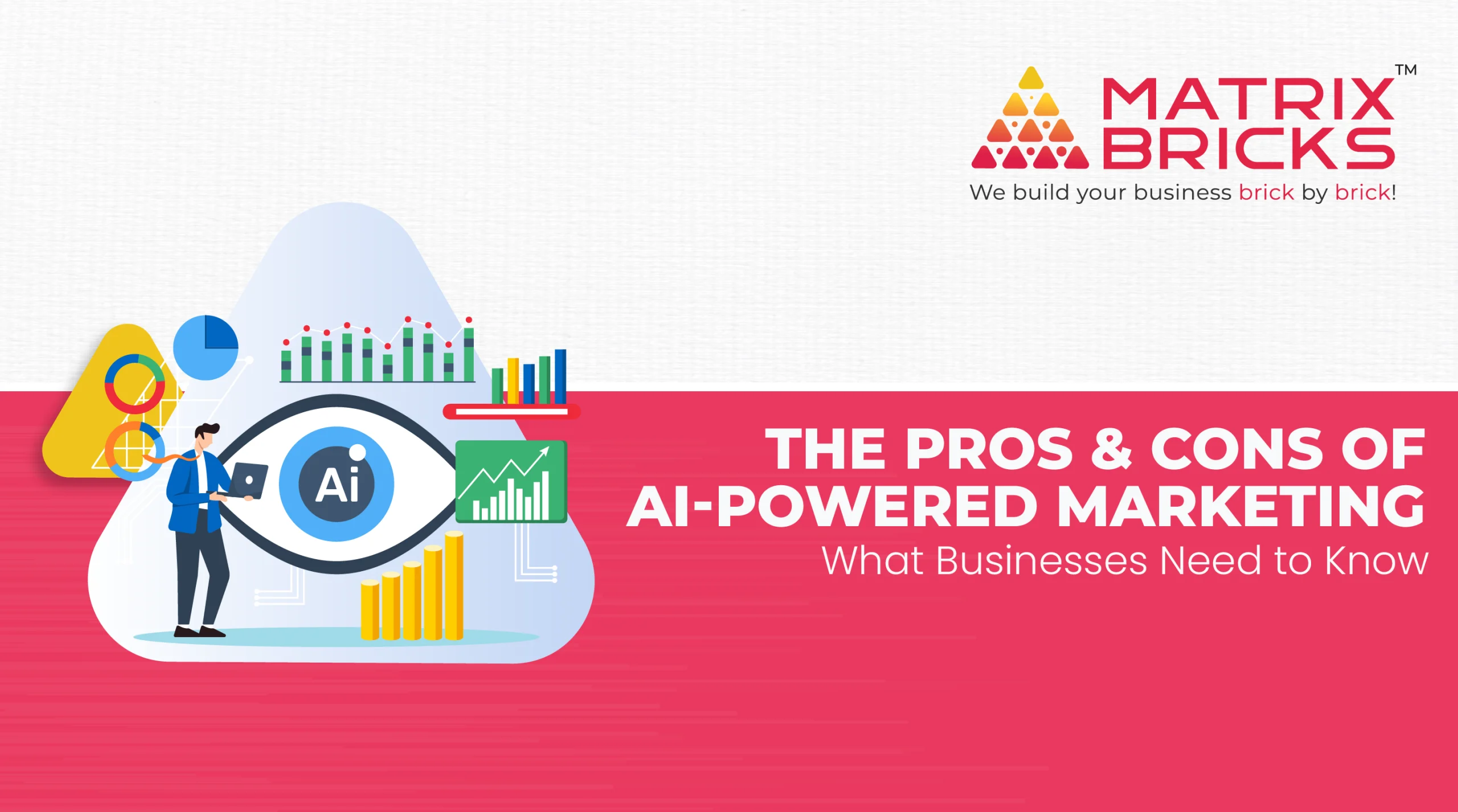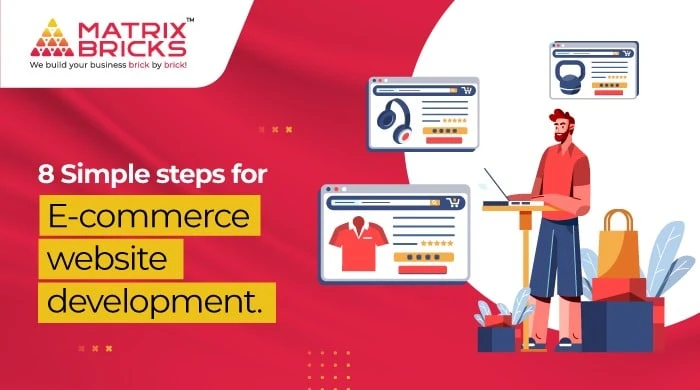
E-commerce is rapidly expanding in a rapidly changing world fueled by digitization. Over the last few years, India’s e-commerce industry has grown at a breakneck pace. According to Nasdaq, by 2040, e-commerce will account for 95% of all purchases. e-commerce has attracted entrepreneurs and retailers in India, resulting in the birth of new e-commerce websites on a daily basis.
Building an online store entails more than simply understanding the market you’re about to enter. Matrix Bricks is the leading e-commerce website development company in Mumbai that helps you learn about branding, web design, and content strategy. This may appear to be a substantial amount of labour. We have broken down the process of e-commerce website development into a few simple steps.
1) Determine what you are going to sell and identify your customers.
The foremost step in e-commerce website development is to identify who your customers are and what you are going to sell. If you are still in the process of identifying the products and customers consider the following.
- Price of the product
- Availability of the product
- Establish the demographics
- Explore social media to identify people showing interest
- Interact with customers
It is vital for any business to understand who their customers are and reach them in the best possible way. It will be difficult to make any kind of headway if you want to enter a space with heavy hitters and equally heavy marketing budgets. Developing an e-commerce website and entering a market with a fresh perspective, distinct branding, and a better user experience than the competition can also work in your favour.
2) Identify the type of business model.
Mainly there are 4 types of e-commerce business models
- B2C (Business to Consumer) is the most common type of business model. Products and services in this model are directly sold from businesses to end consumers. Amazon and Flipkart fall under this model.
- B2B (Business to Business) In this model, a business sells its product or service to another business. The buyer is occasionally the end-user, although most of the time the buyer resells to the consumer.
- C2C (Consumer to Consumer) This model is commonly known as a marketplace where consumers connect to sell their listed goods and services.
- C2B (Consumer to Business) This business model allows consumers to sell goods and services to companies.
3) A unique business name
Stand out from your competitors, keep it short for better brand recognition. The ideal business name is short, distinctive, and conveys the appropriate concept for your online store.
4) Domain name
After you’ve decided on a business name, look for an available URL. Although.com is the most popular top-level domain, there are a multitude of alternative options if you can’t find one that works. Among many other domains, you might find something in the biz, shop, solutions, or online.
5) Find the right e-commerce website development platform
Matrix Bricks Infotech is the best e-commerce website design and development company in Mumbai that offers services like customized design and development, payment gateway integration, plug-in and module integration, online store development, e-commerce application development, and much more. We understand the changing demands of online shoppers and deliver high-quality e-commerce solutions that help you get a competitive edge in your industry.
6) Choose a product category
One of the most vital, as well as the most challenging and perilous, components of getting an e-commerce website up and running, is categorising your products. Make a tree-like hierarchy for the categories.
7) Detailed photos and effective details of the product
Make sure the photos are of high quality and showcase their important details. You need to focus on the quality while writing the details of the specs and features of the product.
8) Choose the most suitable shipping software
Shipping software is meant to help you manage and streamline your shipping procedures, get organized, save money on shipping, and improve customer satisfaction through on-time deliveries and simple returns.


